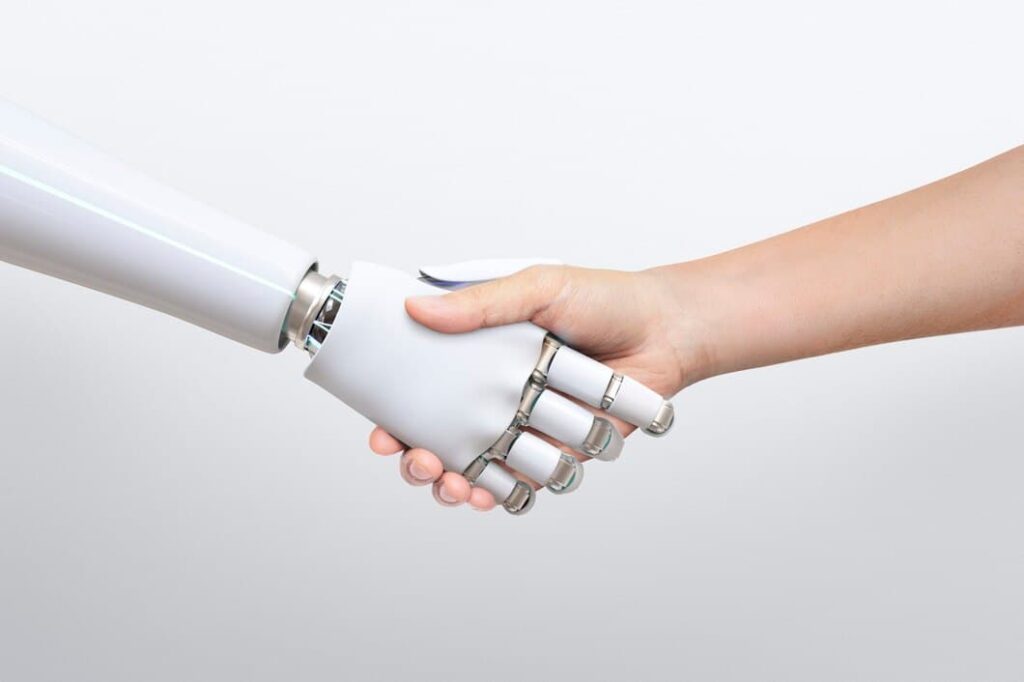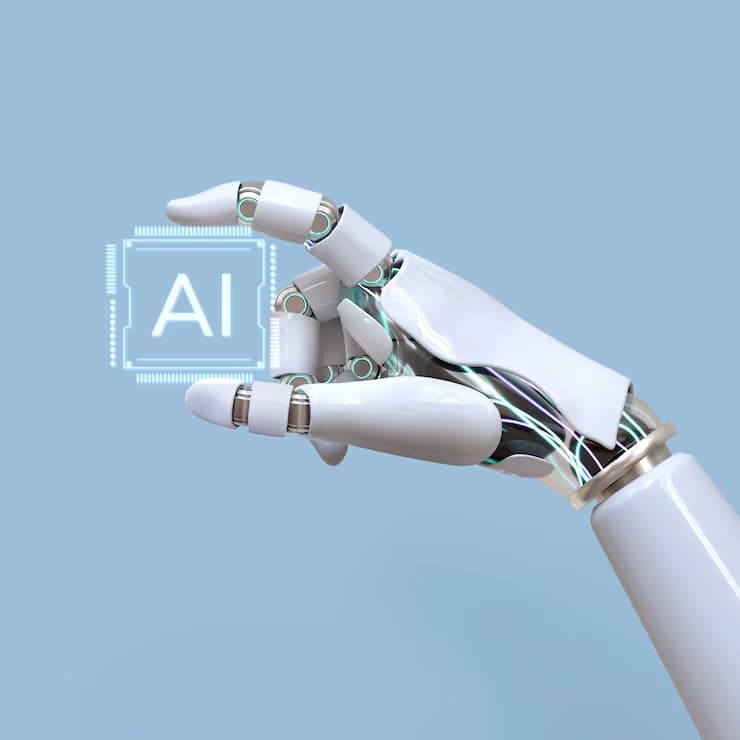Artificial intelligence (AI) is rapidly becoming a game-changer in the energy sector. By optimizing resource use, reducing waste, and predicting maintenance needs, AI is leading the charge in creating a more sustainable future. Its applications range from smart grids that balance supply and demand to predictive maintenance systems that prevent equipment failures. These innovations not only cut costs but also support the transition to cleaner energy sources. In this article, we explore how AI is transforming energy efficiency, the key technologies driving this change, and what the future holds for AI in the energy industry.
AI-Powered Smart Grids: Balancing Supply and Demand
One of the most significant applications of AI in energy is the development of smart grids. Traditional energy grids often struggle with balancing energy production and consumption, leading to inefficiencies and higher costs. Smart grids, equipped with AI algorithms, can analyze consumption patterns, predict peak times, and adjust power distribution in real time. This dynamic adjustment reduces energy waste and ensures a more stable supply.
Moreover, AI enables decentralized energy management, allowing households and businesses to optimize their own energy usage. For example, AI can manage solar panels and battery storage systems in real time, determining the best times to store or release energy based on consumption patterns and weather forecasts. This level of precision and control is a major step forward in the quest for energy efficiency.
Predictive Maintenance: Minimizing Downtime and Costs
Another crucial area where AI is making a difference is predictive maintenance. Energy infrastructure, from wind turbines to power plants, requires regular upkeep to operate efficiently. Traditional maintenance schedules can be costly and often lead to unexpected downtime. Predictive maintenance, powered by AI, changes the game by using data from sensors to predict when equipment is likely to fail.
By analyzing historical data and real-time inputs, AI systems can forecast potential issues and schedule maintenance before problems become critical. This approach extends the life of machinery, reduces the risk of sudden breakdowns, and significantly cuts maintenance costs. For instance, AI can monitor the performance of turbines and predict wear and tear, ensuring that technicians can address issues before they escalate. This proactive approach is already proving its worth in reducing operational costs for energy providers.
In addition to its industrial applications, AI has also found a unique role in consumer-focused technologies. For instance, in the realm of entertainment and online gaming, players look for efficiency and optimized experiences. An intriguing parallel can be drawn with how AI enhances user experiences. You can learn more about such optimized gaming experiences through reviews like this one https://play-fortune.ro/joaca/fruit-cocktail/.
Integrating AI into Renewable Energy Systems

As the world shifts towards renewable energy sources, AI’s role in managing these resources becomes increasingly critical. Renewable energy sources such as solar and wind are inherently variable, which can lead to instability in energy supply. AI algorithms help address this challenge by forecasting production levels based on weather data and historical patterns, allowing for better integration of renewables into the energy grid.
For instance, AI can predict solar output based on cloud cover or forecast wind speeds to adjust turbine activity, ensuring that energy generation remains as stable as possible. This ability to anticipate fluctuations allows grid operators to balance renewable energy supply with traditional power sources, ensuring a smooth transition to cleaner energy.
The Future of AI in Energy Efficiency
Looking ahead, the role of AI in energy efficiency is poised to expand even further. As AI technology evolves, its potential applications in the energy sector will grow, ranging from automating demand response systems to managing electric vehicle (EV) charging networks. AI-driven insights will play a critical role in developing smarter cities, where everything from traffic lights to heating systems can be optimized for energy use.
In addition, the adoption of AI is expected to accelerate as governments and organizations recognize its value in achieving sustainability goals. Incentives for adopting AI-powered solutions in the energy sector could further drive innovation, helping to meet global energy demand while reducing the carbon footprint.
As the adoption of such advanced technologies continues, it is essential to explore complementary opportunities in other industries, such as the gaming sector. For example, players seeking to maximize their experience might be interested in bonuses offered by various platforms. Exploring options like the https://play-fortune.ro/rotiri-gratuite/ offered by different casinos can provide added value, mirroring the way AI maximizes efficiency in the energy sector.
Conclusion
AI is transforming the way we produce, manage, and consume energy. From smart grids that balance supply and demand to predictive maintenance systems that minimize downtime, AI offers a range of solutions for achieving greater efficiency. These technologies not only contribute to cost savings but also pave the way for a more sustainable and resilient energy future. As AI continues to evolve, its role in the energy sector will become increasingly vital, driving the transition to cleaner, more efficient energy systems that benefit both consumers and the environment.
